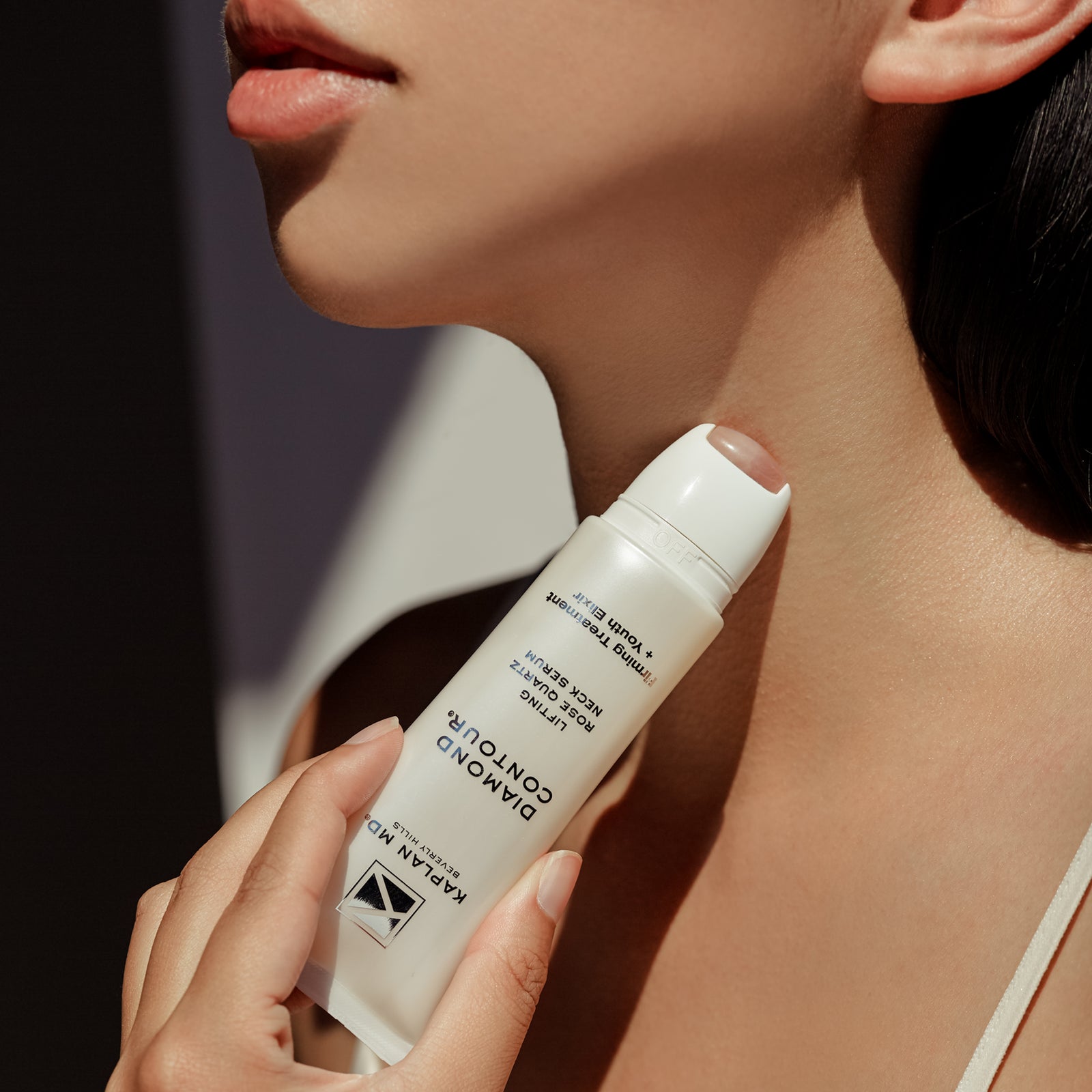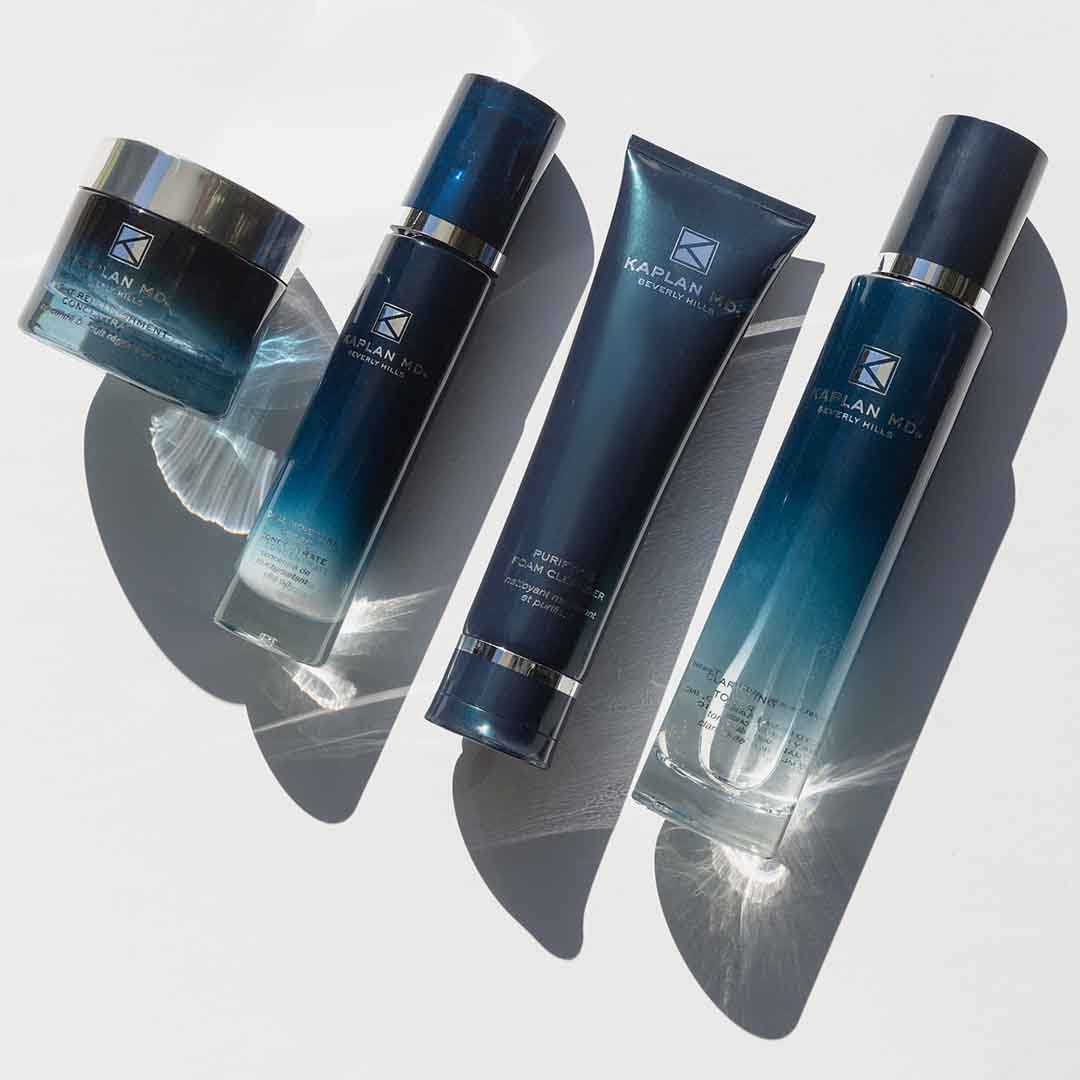Dr. Kaplan – Basal Cell Carcinoma
BASAL CELL CARCINOMA
If you’ve been diagnosed with basal cell carcinoma (BCC), you are not alone. BCC is the most common form of skin cancer. Each year, millions of cases of BCC are diagnosed. Nearly all are cured with treatment.
WHAT BCC LOOKS LIKE
BCC appears on the skin in many shapes and sized. You may see a:
Dome-shaped growth with visible blood vessels
Shiny, pinkish patch
Sore that heals, and then returns and can repeatedly heal and return
Brown or black growth
White or yellow wazy growth that looks like a scar
Most BCCS develop on skin that gets repeated sun exposure, such as the scalp, neck, and hands. BCC is especially common on the face, often forming on the nose, cheeks, and forehead. However, BCC can develop anywhere on the body.
ANYONE CAN GET BCC
People OF ALL skin colors get BCC although it is much more common in light-skinned people. When the sun’s ultraviolet (UV) rays his a person’s skin, these rays can damage the skin. UV rays can penetrate the skin when we go outside during the day without sun protection. UV rays also penetrate the skin when a person uses a tanning bed or other indoor tanning device. You also are exposed to UV rays through the window panes of your car and buildings. As this damage accumulates, the risk of developing skin cancer increases.Some people have a higher risk of getting BCC. The risk increases with age. The older you are, the longer you have been exposed to the sun’s UV rays.
People also may have a higher risk of developing BCC when they have:
- Pale, light-colored or freckled skin
- Blond or red hair
- Blue, green, or gray eyes
- A family history of skin cancer
- A weakened immune system or are taking medicine that suppresses the immune system
- Received radiation therapy
- Used tanning beds or other indoor tanning devices
BCC IS SERIOUS
BCC rarely spreads to other areas of the body, but treatment is important. BCC can grow deep enough to affect tissue and bone. This can be disfiguring. A deep or invasive BCC can be difficult to treat. Early diagnosis and treatment can prevent disfigurement and difficult treatment.
BCC IS CURABLE
When caught early and removed, the prognosis for BCC is excellent. Treatment cures most BCCs. Proper treatment begins with the right diagnosis. To diagnose BCC, a dermatologist performs a skin biopsy. This is the only way to diagnose any type of skin cancer, including BCC. Your dermatologist can perform a biopsy using local anesthesia during an office visit.
To perform a biopsy, your dermatologist will remove the entire growth (or part of it) that might be a BCC. This growth will be examined under a microscope.
If the diagnosis is BCC, your dermatologist will consider many factors to determine the best treatment for you: where the BCC appears on your body; how deep the BCC has grown; and your overall health.
Treatment for BCC involves having one or more of the following:
EXCISION
This is a surgical procedure. Your dermatologist can perform this procedure during an office visit using local anesthesia. Excision involves removing the SCC and some normal-looking skin around it.
What your dermatologist removes will be examined under a microscope. If the normal-looking skin contains cancer cells, you will need more treatment.
MOHS MICROGRAPHIC SURGERY
Mohs is usually performed in a medical office under local anesthesia while you remain awake. During the surgery, the surgeon first removes the SCC and some normal-looking surrounding skin around and below it.
While you wait, the surgeon uses a microscope to look at what was removed. If the surgeon sees cancer cells, he or she will continue to remove very small amounts of skin and look at each layer of skin under the microscope. This process continues until the surgeon no longer sees cancer cells.
ELECTRODESICCATION & CURETTAGE
This treatment removes the cancer by first scraping (curetting) the growth from the skin and then heating the treated area to destroy any remaining cancer cells.
RADIATION
When a patient cannot undergo surgery to remove the cancer, radiation therapy may be recommended. A series of radiation treatments are usd to destroy the cancer cells.
CRYOSURGERY
This treatment destroys the cancer cells by freezing them with liquid nitrogen.
PHOTODYNAMIC THERAPY (PDT)
This treatment uses light to remove some very early skin cancers. PDT is a two-step process. First, a chemical is applied to the skin. The chemical remains on the skin for some time so that it can be absorbed. Then the skin is exposed to special light to kill the cancer cells.
MEDICINE APPLED TO THE SKIN
When SCC is caught early, a dermatologist may prescribe medicine that you will apply to your skin at home.
PILLS
While extremely rare, there are reports of BCC spreading to other parts of the body. Patients who have BCC that spread may be prescribed this type of medicine. This medicine also may be prescribed for patients who have advanced BCC that cannot be cur out or treated with radiation.
BCC INCREASES RISK FOR ANOTHER SKIN CANCER
Studies show that people who get skin cancer have a greater risk of developing another skin cancer. The following can help you detect and prevent new skin cancers:
Keep all appointments with your dermatologist. Even melanoma, the form of skin cancer, has a very high cure rate when found early and treated.
Perform skin self-examinations. Examine your skill as often as your dermatologist recommends. Be sure to check your scalp, ears, genitals, and buttocks.
If you notice anything on your skin that is changing, growing, or bleeding, immediately make an appointment to see your dermatologist. Tell the person who schedules the appointment why you want to see your dermatologist.
Protect your skin every day by:
- Generously applying sunscreen that offers broad-spectrum(UVA and UVB) protection, water-resistance, and a Pun protection Factor (SPF) of 30 or more. Be sure to apply the sunscreen every day 30 minutes before going outside. Apply it to all skin that clothing will not cover. You should reapply sunscreen approximately every two hours. After swimming or sweating, you also need to reapply your sunscreen.
- Wearing protective clothing. This means wearing a long-sleeved shirt, pants, a wide brimmed hat, and sunglasses when possible.
- Seeking shade. Shade helps protect your skin from the sun’s harmful rays. Shade is especially important between 10 a.m. and 2 p.m. when the sun’s rays are strongest. But any time your shadow is shorter than you are, seek shade.
- Protect your skin when around water, snow, and sand. These reflect and intensify the damaging rays of the sun.
- Never use a tanning bed. UV light from the sun and tanning beds can nausea skin cancer and wrinkling. If you want to look tan, consider using s self-tanning product or spray. Even when using one of these products, you need to use sunscreen.
All content solely developed by the American Academy of Dermatology.








